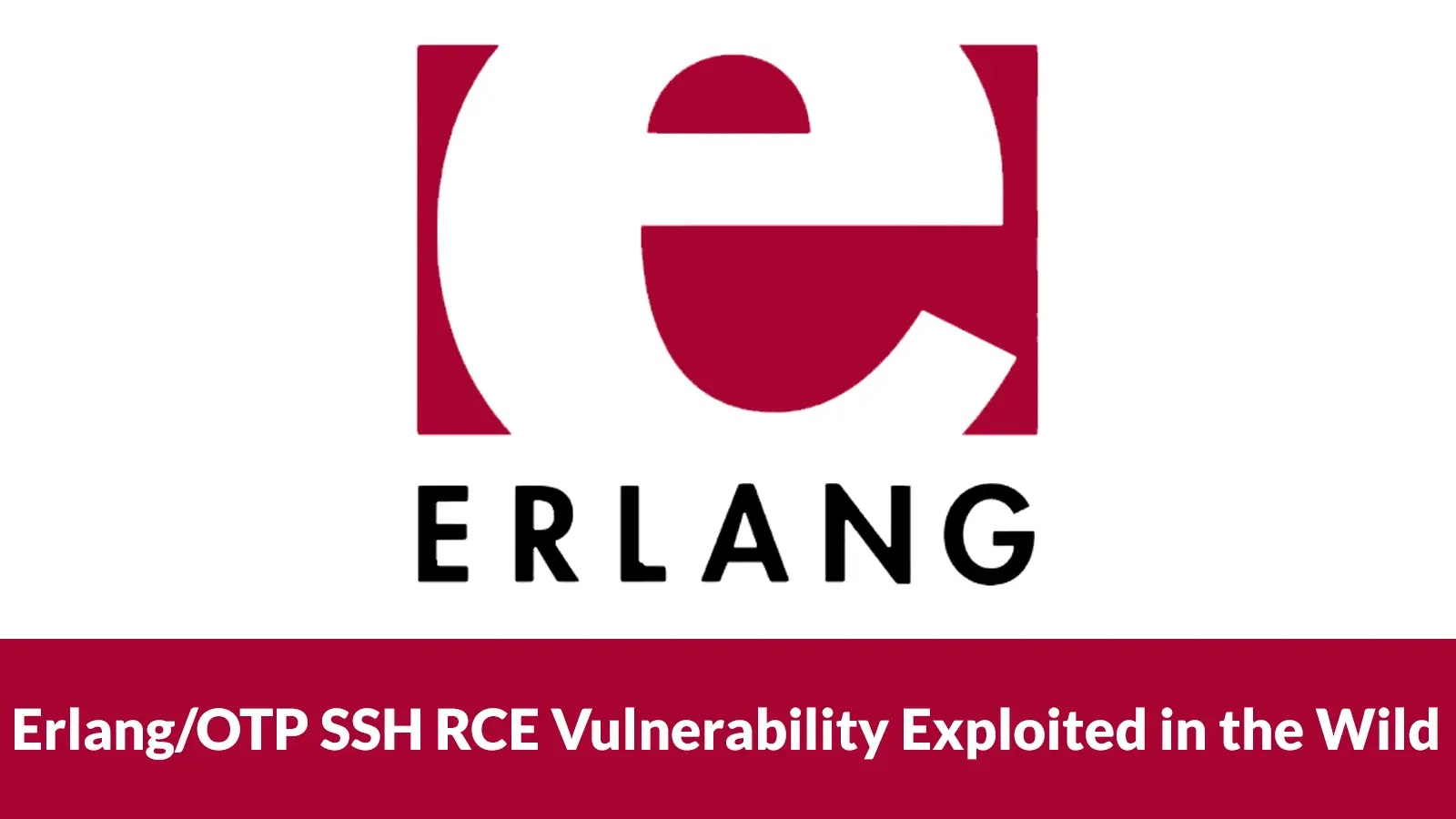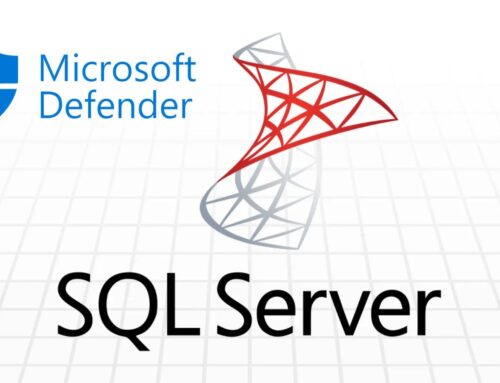
Erlang/OTP SSH RCE Vulnerability Exploited in the Wild to Attack Across OT Networks
Critical Erlang/OTP SSH RCE: A Looming Threat to OT Networks
A severe remote code execution (RCE) vulnerability within Erlang/OTP’s SSH daemon has surfaced, presenting an immediate and significant threat to operational technology (OT) networks across various industries. This critical flaw, actively exploited in the wild, enables unauthenticated attackers to gain complete control over vulnerable systems, posing a grave risk to industrial processes and critical infrastructure.
The urgency of this situation cannot be overstated. Organizations running Erlang/OTP, particularly those with internet-facing SSH services or internal networks accessible to potential attackers, must act decisively to mitigate this high-impact vulnerability.
CVE-2025-32433: The Unauthenticated Gateway to Your Systems
Identified as CVE-2025-32433, this vulnerability has received the maximum CVSS score of 10.0, signifying its extreme severity. The flaw lies within the Erlang/OTP SSH daemon, a component widely used in various applications for secure remote administration and communication. Attackers can exploit this vulnerability by sending specially crafted SSH connection protocol messages. These malicious messages bypass authentication mechanisms, allowing the execution of arbitrary commands on the unsuspecting target system.
The ability to execute arbitrary commands without prior authentication is the hallmark of a catastrophic vulnerability. This provides an attacker with a direct route to compromise, data exfiltration, system disruption, or further lateral movement within an organization’s network.
Understanding the Impact on Operational Technology (OT) Networks
The active exploitation of CVE-2025-32433 specifically targeting OT networks is deeply concerning. OT environments, which include industrial control systems (ICS), SCADA systems, and other critical infrastructure, are often characterized by legacy systems, stringent uptime requirements, and less frequent patching cycles compared to IT networks.
A successful RCE in an OT environment can lead to:
- Process Disruption: Attackers can halt or manipulate industrial processes, leading to production downtime, equipment damage, or even physical hazards.
- Data Manipulation/Exfiltration: Critical operational data, intellectual property, or sensitive process parameters could be altered or stolen.
- Safety Implications: Compromised systems can directly impact the safety of personnel and the environment, especially in sectors like energy, manufacturing, and transportation.
- Supply Chain Disruptions: Attacks on key industrial players can ripple through entire supply chains, causing widespread economic impact.
- Long-Term Remediation Challenges: Recovering and securing OT systems after a compromise can be complex, time-consuming, and costly due to their specialized nature.
The targeting of OT networks underscores the evolving threat landscape, where cybercriminals and state-sponsored actors are increasingly focusing on critical infrastructure for financial gain, espionage, or disruptive purposes.
Remediation Actions: Securing Your Erlang/OTP Installations
Immediate action is imperative for all organizations utilizing Erlang/OTP, particularly where SSH is exposed or accessible. Prioritize these steps:
- Patch Immediately: Apply the latest security patches and updates for Erlang/OTP as soon as they are released. Monitor official Erlang/OTP security advisories for the remediation specifically addressing CVE-2025-32433.
- Isolate and Segment OT Networks: Implement robust network segmentation to isolate OT networks from IT networks and the internet. This limits the blast radius of any compromise.
- Limit SSH Exposure: Reduce the attack surface by ensuring that SSH services are only exposed to the internet when absolutely necessary. Implement strict firewall rules to restrict access to trusted IP addresses only.
- Implement Multi-Factor Authentication (MFA): Although this particular vulnerability bypasses authentication, strong MFA on all remote access points acts as a crucial layer of defense against other attack vectors.
- Regular Security Audits and Penetration Testing: Conduct frequent security audits and penetration tests on both IT and OT environments to identify and remediate vulnerabilities proactively.
- Monitor SSH Logs: Actively monitor SSH server logs for suspicious activity, failed login attempts, unusual command executions, or abnormal traffic patterns.
- Intrusion Detection/Prevention Systems (IDS/IPS): Deploy and properly configure IDS/IPS solutions to detect and block malicious SSH traffic and known exploit patterns.
- Incident Response Plan: Ensure a well-defined and regularly tested incident response plan is in place to effectively manage and recover from a potential security breach.
Tools for Detection and Mitigation
Leveraging appropriate tools is vital for identifying vulnerabilities and enhancing your defensive posture:
| Tool Name | Purpose | Link |
|---|---|---|
| Nessus | Vulnerability Scanning (identify Erlang/OTP installations and potential vulnerabilities) | https://www.tenable.com/products/nessus |
| OpenVAS | Open-source Vulnerability Scanner (alternative to commercial scanners) | http://www.openvas.org/ |
| Zeek (formerly Bro) | Network Security Monitor (detect anomalous SSH traffic patterns and potential exploitation attempts) | https://zeek.org/ |
| Snort/Suricata | Intrusion Detection/Prevention Systems (IPS/IDS rules for detecting specific exploit signatures) | https://www.snort.org/ / https://suricata.io/ |
| Firewall/WAF Solutions | Network Segmentation & Access Control (restrict SSH access) | (Vendor-specific) |
Protecting Critical Infrastructure from Evolving Threats
The active exploitation of Erlang/OTP SSH RCE (CVE-2025-32433) presents a stark reminder of the persistent and intensifying threats facing critical infrastructure. The combination of an unauthenticated RCE and its targeting of sensitive OT environments demands immediate and comprehensive action. Prioritizing patching, robust network segmentation, and diligent monitoring are essential to protect against this and future zero-day exploits. Maintain vigilance and proactive security measures to safeguard your systems and ensure operational continuity.





